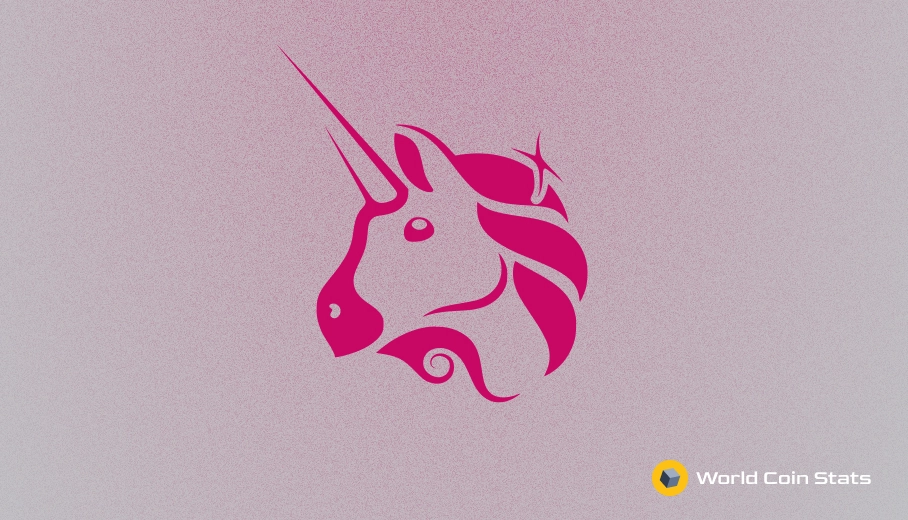Central Bank Digital Currencies (CBDCs) Will Kill Banks
There has been a lot of buzz about something called central bank digital currencies (CBDCs) and their ability to kill banks. Many people mistakenly view CBDCs as the government’s take on bitcoin or ether, which is close to reality.
CBDCs are still different from the cryptocurrencies that currently dominate the crypto market. In fact, they are more or less the same as the current fiat currency central banks issue. The difference is that CBDCs have one slight twist that makes them a little different than the current system.
This article will cover what a CBDC actually is and how they have the potential to kill banks. We will also discuss the impact that a CBDC will have on the future of bitcoin and other cryptocurrency.
What is a Central Bank Digital Currency (CBDC)?
As hinted at previously, a central bank digital currency (CBDC) is a fancy way of saying a government backed “cryptocurrency.”
A CBDC would operate in a manner similar to Bitcoin with a blockchain and digital coins that are issued. But the difference is that the coins are issued by the government rather than any form of proof-of-work or proof-of-stake.
That is why we mentioned that a CBDC is essentially the same thing as the fiat currency we currently use. The only real difference is that the government backs and creates the digital currency rather than using a private company (ie. Visa) to back and create digital currency.
This does give users a direct line to the central bank – instead of relying on a private bank they are instead storing their money directly with the central bank.
However, the CBDC in the same manner as the current system. The central bank would have the ability to create new tokens at their whim. Additionally, the central bank would presumably have the ability to control user accounts and reverse transactions.
Again, we want to emphasize that a CBDC is essentially the same thing as the current system, but in digital form.
Will CBDCs Kill Banks?
Many have mentioned that CBDCs will kill banks and other private payment processors. This sounds a little absurd at first, but upon closer examination it does make sense.
The basic idea with a CBDC is that users will interface directly with the central. For instance, instead of having a bank account with a private bank that interfaces with the central bank. You will have an account directly with the central bank.
Presumably, this reduces some amount of friction by eliminating an extra layer.
With that in mind, we find it likely that CBDCs will kill banks if they are released. There really is not any use for a private bank or payment processor if the central bank issues its own digital currency.
Would a central bank issue digital currency to a private bank to subsequently issue to a private individual?
It’s actually similar to what happens now, but we find it improbable that this system would endure if paper currency is completely eliminated.
In fact, the only reason that private banks still exist today is because paper currency is still legal tender. Outside of that, everything that the central bank does can be done directly to the end user without a private bank serving as a middleman.
In our opinion, CBDCs will kill private banks and payment processors. Everything will be centralized around the central bank, so there will be no need for private banks or payment processors.
How Likely Are CBDCs?
We rank the likelihood of a CBDC in any country at nearly 100%. There are far too many benefits for a government to issue a CBDC and forego paper currency.
For one, it would make it nearly impossible for tax evasion or other illicit activity because the central bank could easily track currency.
To further this point, China is researching the feasibility of the e-Yuan – a CBDC. The European Union and United States also recently began conducting research, but the EU is much further along when they announced that they would like to digitize the Euro.
So, the three largest economies in the world are researching CBDCs. All it takes is one of those economies switching to a CBDC for the rest of the world to follow suit.
Of those three countries, China will probably be the first to launch a CBDC. It probably will not be too far into the future, either.
2025 seems like a good timeline for when we could see the first CBDC and another five years before most countries have adopted it.
Yes, things will move fast once the first country launches a CBDC.
Will CBDCs Kill Decentralized Cryptocurrency?
Possibly.
China, the country closed to launching a CBDC, has banned cryptocurrency in the country. Many have speculated that this ban came about as part of the central bank’s plan to introduce a digital currency. The reason to ban decentralized cryptocurrency?
It reduces competition. Plus, the tax authorities would much prefer to have a centralized digital currency because that makes tracking asset flows much easier.
In that regard, Bitcoin is actually worse than cash or gold because Bitcoin is very traceable. But Bitcoin has an advantage over fiat currency in that it does not inflate.
To summarize, CBDCs have a good chance of killing decentralized cryptocurrency – the government is certainly no fan of cryptocurrency that is in the hands of the people. Fortunately, it appears that governments will simply let cryptocurrencies stay around as a digital version of gold and an excellent asset to store value.
Summary
All things considered, CBDCs will most likely kill private banks. There simply is no need for private banking with a central bank digital currency on the market because the central bank can interface directly with the consumer.
That interface will reduce friction and other complicated tax matters. The bankers obviously won’t be happy, so perhaps they will find some alternative system between the central bank and the average citizens.
The more interesting scenario is what CBDCs will do to cryptocurrency. For that, it really could go either way. Central banks might ban cryptocurrencies and force everyone into the CBDC. It makes sense because the CBDC gives the central bank much more power and control.
On the flip side, cryptocurrencies are like Pandora’s box – there is no way to get it back into the box once it has been released. Even in China, where cryptocurrency is officially banned, it is still owned by much of the population and even mined in the country.
The exact impact that CBDC will have on society is obviously unknown. But most everyone already knows that CBDCs are coming at some point in the future.




